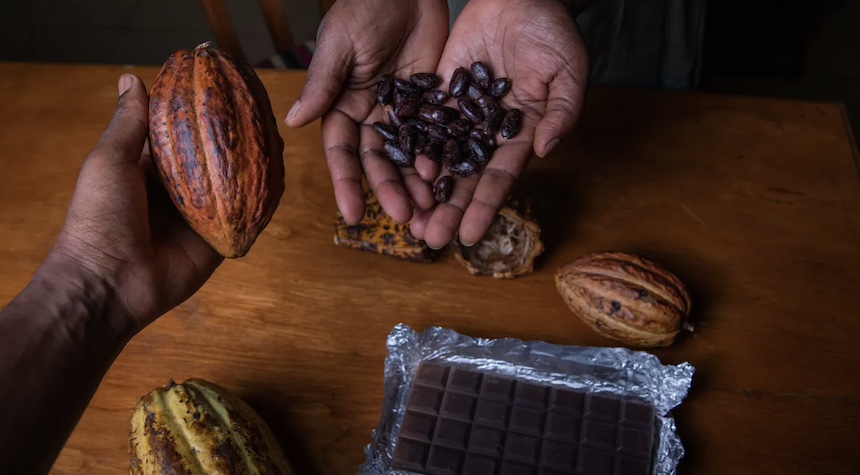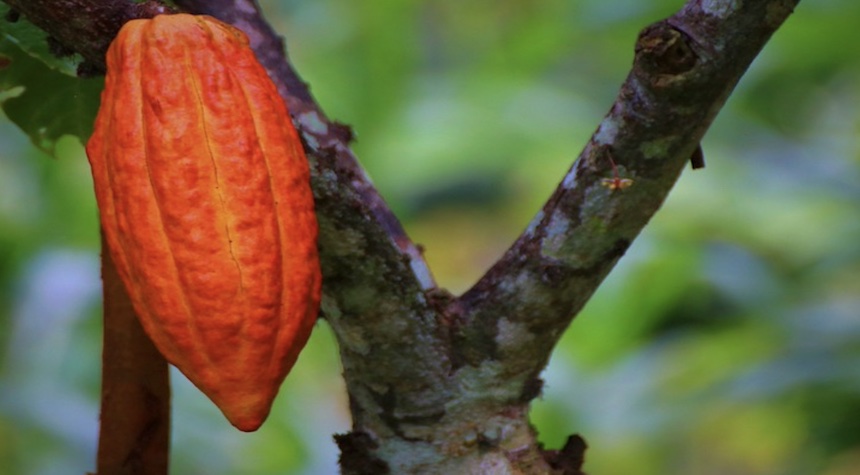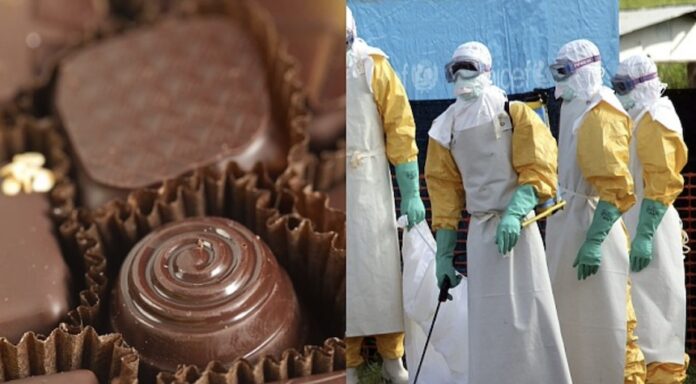Forget about war. Forget about famine. Forget about climate change. You don’t have to listen to the entire Taylor Swift album. What is the real horror of today’s headlines? What is the terror that outweighs all other calamities that we could face?
A virus is now threatening to destroy the world’s supply of chocolate.
Scientists have discovered that a disease that is devastating cacao trees in West Africa could put the world’s chocolate supply at risk.
The study, published in the journal PLOS One, was authored by Benito Chen Charpentier, professor of mathematics at the University of Texas at Arlington.
Wait, what? A math professor? Has anyone thought about bringing in a virologist, or even just a general biologist? You know, to double-check the data?
It is spread by several species of mealybugs which feed on chocolate crops.

The plant will show a variety of symptoms once infected. These include swelling of the roots and stems, red veins on the immature leaves, and rounding or shrinking of cacao pods.
According to the study, scientists attribute the disease’s spread to “globalization and climate change, agricultural intensification, and reduced resilience of production systems.”
This evil now has a name, the cacao swollen-shoot virus. If you are a cacao grower and you notice that your cacao has a swollen stem for longer than four hours, then you should contact a mathematics professor.
It’s difficult to imagine a life without chocolate. My doctor recently told me to eat more veggies. I responded, “Well chocolate comes from plants so I think I’ve got it covered.” This argument did not exactly take off. She’s probably not a chocodoc. This virus is a real chocolate-nundrum. Smart cookies would stock up on chocolate to prevent any coconutty situations.
There is hope for the chocolate industry, as the virus is spread by an insect (as it so often happens).

Chen-Charpentier’s team has devised an innovative way to fight the choc-blocking plague by using mathematical data. They determined how far apart the trees vaccinated should be planted to prevent mealybugs from hopping between plants and spreading the disease.
The mathematician explained that mealybugs can move in several different ways, such as being carried by ants, or by the wind. We needed to create a model that would allow cacao farmers to know the distance between vaccinated and unvaccinated plants to avoid the spread of the virus.
This explains why the professor of mathematics is a woman.
Let’s not get too dark over this. First, let’s look at some biology. In cases like this, some organisms survive and are more resistant to viruses. These trees will reproduce and hopefully pass on the trait that made them resistant. The population recovers and we have a new supply of chocolate.
If that doesn’t occur… Oh my god, what will be next? A bacon shortage?


